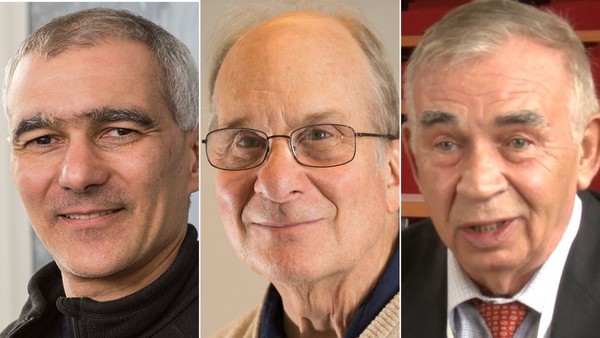In a few weeks, the Royal Swedish Academy of Sciences is scheduled to officially award the Nobel Prize in Chemistry to its winners, among whom are Moungi G. Bawendi, Louis E. Brus and Aleksey Yekimov, for their discovery of quantum dots.

Quantum dots are extremely tiny particles whose size practically accentuates their quantum properties, and they are widely used in multiple applications such as for television screens or tumor surgeries. It has been widely thought that squeezing particles to barely a few nanometers wide until their electrons do not have much room to move is impossible, and yet with the outstanding work of these three Nobel winners, this seemingly impossible feat was achieved.
This year’s laureates in Chemistry are without a doubt renowned professionals in the field. Dr. Bawendi is a French-born American professor currently teaching at the Massachusetts Institute of Technology, and Dr. Brus is a Cleveland native who is currently a professor emeritus at Columbia University. The two had a previous relationship, with Dr. Bawendi being an apprentice under Dr. Brus’ mentorship during his postdoctoral years. Meanwhile, Dr. Ekimov was a former chief scientist at a New York-based company called Nanocrystals Technology.
Ironically, the three winners did not necessarily work together in this field; in fact, their discovery was a result of independent research compounding on each other’s findings over time. Objects are theorized to potentially act as waves, and squeezing the atoms of an object close enough to each other can trigger its electrons to exhibit quantum properties. Such is achieved through the use of crystals, only now known as quantum dots. In the 1970s, however, Dr. Ekimov and Dr. Brus discovered through separate studies that when heated, copper chloride crystals and cadmium sulfide crystals form inside colored glasses that emit more blue wavelengths as they become smaller. These were the first observations of quantum properties exhibited with respect to size, but it was only in the 1990s when Dr. Bawendi harnessed its potential applications by deliberately producing such quantum dots through a solution “with exquisite control of their size and surface”.
When asked about their response to receiving the news of their Nobel Prize, the recipients are nothing short of elated and grateful. Dr. Bawendi felt honored by the news, and felt even happier to share the award with his mentor Dr. Brus. Meanwhile, Dr. Brus emphasized the contributions of the bigger chemistry community who helped propel this discovery. Dr. Ekimov felt grateful for receiving the recognition for his work. The three professors are set to receive their Nobel Prize on December 10.

